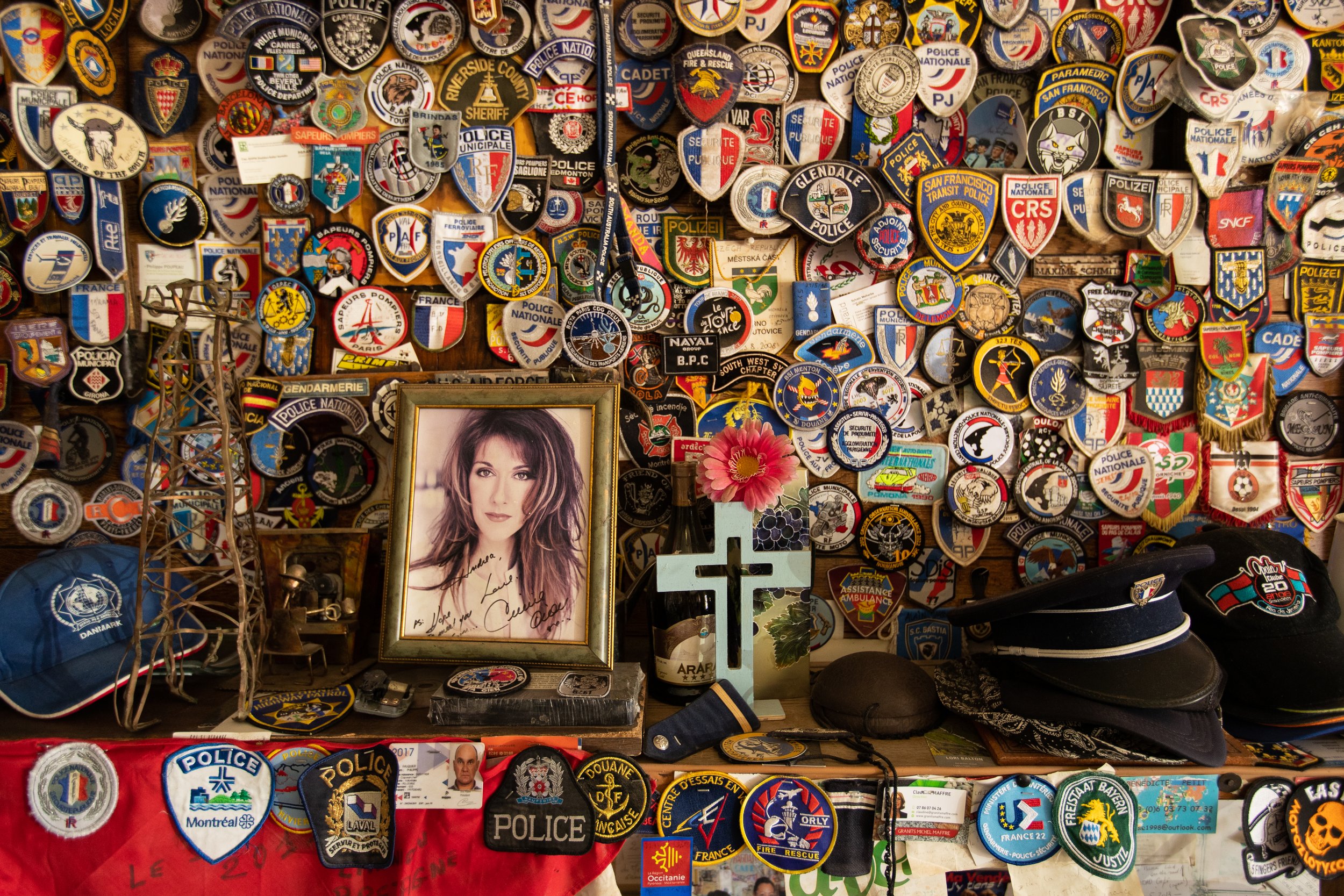THREATS, VETS, AND LEARNING TO SWIM AGAIN
In late 2010 two things happened that significantly impacted my professional trajectory for the next decade.
1) I came to terms with the fact that my documentary feature project Jungle Remedy was slipping through my fingers. After over five years of heartbreaking struggle, investment, and even a small festival’s Best Documentary Short award for its initial edit, I was ready to move on. I had been documenting government inaction around a Belizean bush doctor’s treatment for HIV/AIDS patients, conspiracy theories, and the tiny clinical trials in Belize and Houston, TX. That’s until a threat on the life of the clinical physician in Belize ended that part of it. The fear this unknown person had instilled in him with a phone call was the straw that broke the production camel’s back. I followed the Houston patients a bit longer, but I was tired — exhausted from the continuous drama, my unreliable principal subject, communication challenges, and mostly having to go it alone. This seemed like a good place to disembark.
Looking back, this dramatic turn is exactly the thing that should have propelled the project forward, but something else was happening that proved to be a welcome distraction…
2) A group of military veterans approached me to edit 30 hours of Sony handy-cam footage from their recent response to the Haiti earthquake. Shortly after, I began to take on the role of Content Producer for the veteran-led, disaster response nonprofit Team Rubicon. In 2011 I began documenting relief efforts in places like tornado-ravaged Joplin and the eastern seaboard after Hurricane Irene. I’d go with minimal food, minimal showers, and very minimal rest for a week or two at a time. The cast of diverse characters and the camaraderie we shared made it all worthwhile. All 45 lbs of my gear was on my shoulders, and I was ready to go anywhere on short notice. So I made it a full-time role.
I’d turn around content for news organizations in a couple hours, promotional edits for our grassroots funding in a sleepless evening, and a myriad of random content for the global partners, sponsors, and broadcasters (photos and videos prominently dispersed throughout this website). Team Rubicon was quickly becoming the pot-stirrer of the disaster response space, and our constant stream of gritty content aided its increased visibility and rapid growth — from 300 registered volunteers to over 100,000 in that time.
I always promised that I’d show myself the exit when my deep sympathy for those impacted communities turned to apathy. Looking back I stayed a couple years too long. In the end I felt numb, lost, wearing a mask of concern when inside I boiled with pessimism and despair at the angry cycle and heavy hand of Mother Nature — brought on by us all. I was severely lacking in hope, a required emotion to properly do this work.
Which brings us to the present. A few months back, a documentary project I had originally explored in 2011 with a production partner started tugging very strongly at my ear (it had never really left my mind). My pitch was the story of three middle-aged Japanese businessmen flying to Chicago and renting Harleys to traverse Route 66 and explore the American icon they had long romanticized since youth. But, life pulled us in new directions (see above), and we never fully got it out of the gate.
Then I read an email that Sundance Institute’s Collab was looking for projects for its documentary development workshop. I submitted my project, was accepted, and found myself immersed in unearthing and updating the Route 66 project from years ago. I shifted from the idea of the Japanese riders in favor of more universal characters. And the sunny exploration for nostalgia rapidly morphed into a meditative, at times unpredictable, journey to find our collective identity. It’s going to be a gritty and beautiful ride, and I’m excited to see where it goes.
I look back on my initial decision to walk away from my documentary work, and I have no regrets. There was an energetic 30-something guy with a camera deeply yearning for a faster pace. He needed to find himself, travel further, push harder, observe more, and have a few near-death experiences.
In that time, the industry changed dramatically: DVDs became VODs; broadcasts made way for streaming; attention spans became nearly extinct; some contacts retired, others I lost touch with during my near-decade of wearing steel-toed boots. I’m learning to tread water again and how to swim with the current — and occasionally against it. Wish me luck.



